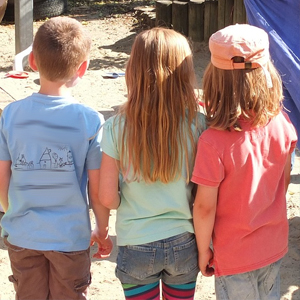A study published on December 12, 2016, in the Journal of Pediatric, Maternal & Family Health showed that chiropractic care had a positive affect for the correction of Idiopathic Scoliosis. According to this study, “Scoliosis is commonly defined as a lateral curvature of the spine greater than 10 degrees. ”
 Adolescent idiopathic scoliosis is estimated to occur in 2-3% of children between the ages of 10 and 16.2 years of age. The U.S. National Institutes of Health website describe this condition by saying, “Adolescent idiopathic scoliosis is an abnormal curvature of the spine that appears in late childhood or adolescence. Instead of growing straight, the spine develops a side-to-side curvature, usually in an elongated “S” or “C” shape; the bones of the spine are also slightly twisted or rotated. ”
Adolescent idiopathic scoliosis is estimated to occur in 2-3% of children between the ages of 10 and 16.2 years of age. The U.S. National Institutes of Health website describe this condition by saying, “Adolescent idiopathic scoliosis is an abnormal curvature of the spine that appears in late childhood or adolescence. Instead of growing straight, the spine develops a side-to-side curvature, usually in an elongated “S” or “C” shape; the bones of the spine are also slightly twisted or rotated. ”
In this retrospective case series, 36 subjects were included. To be included in the study, patients had to have been 18 years of age or younger and have been under chiropractic care in the past 5 years. All patients included must have had a scoliosis of at least 11 degrees that was measured by x-ray, and each of those must have had a follow-up lumbar x-ray after at least two weeks of chiropractic care.
Using the above criteria, 14 eligible patients were found aged 7-16 with initial scoliosis ranging from 11 to 27 degrees. Additionally, there were 22 subjects within the ages of 2-17 who were considered to be a sub-scoliotic group because they had curvatures between 7 and 10 degrees.
All participants in both groups received specific chiropractic adjustments to restore proper spinal structure and motion by correction of vertebral subluxations. The results of the care based upon examinations and post x-rays was charted in spreadsheets and analyzed.
In the group with a scoliosis of 11 degrees or greater, the average subject age at pre X-ray was 10.77 years old. The results showed that the average number of adjustments given prior to the post X-ray was 5.75. The average time between pre and post X-rays was 39.43 days. As a result of the chiropractic care, the average percent of scoliosis improvement in this group was 25.96%. Additionally, 9 of 14 patients showed improvement, two showed no change, and three patients’ curvatures were worse.
In the sub-scoliosis group with curvature less than 11 degrees, the average age at pre X-ray was 8.91 years old. The average number of adjustments given prior to the post X-ray was 6.41, and the average time between pre- and post-adjustment X-ray was 141.32 days. In this group, 18 of 22 patients showed improvement with the average improvement being 51.84%. One of the patients showed no change, two were worse, and six of those in this group showed 100% improvement over the course of their care.
In their conclusion, the study authors summed up the results by stating, “This study demonstrates a group trend towards structural change within the scoliosis group of 25.96% over an average of 4.75 specific spinal adjustments. An even greater trend towards correction of 51.84% over an average of 6.41 adjustments was found in the sub-scoliosis group who started care with curvatures of 7-10 degrees. Six subjects in this group experienced 100% correction at their first re-examination X-ray.”
